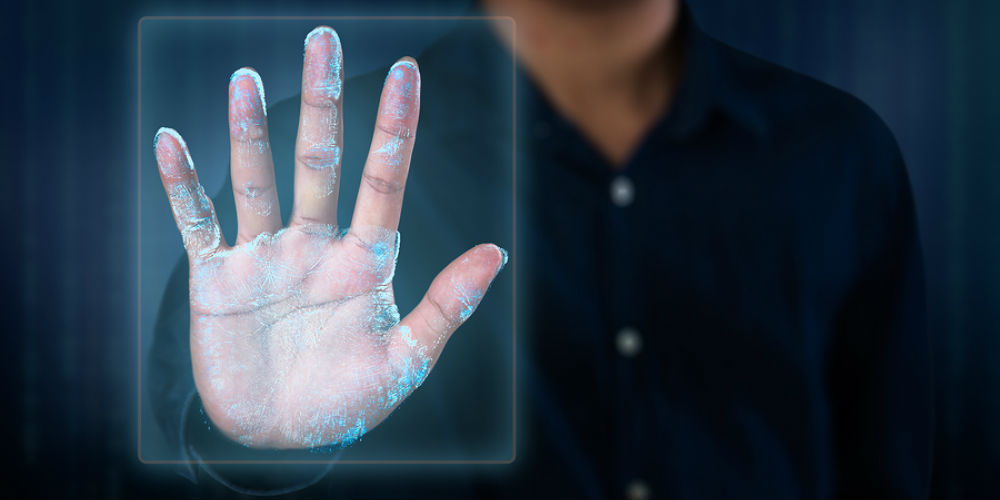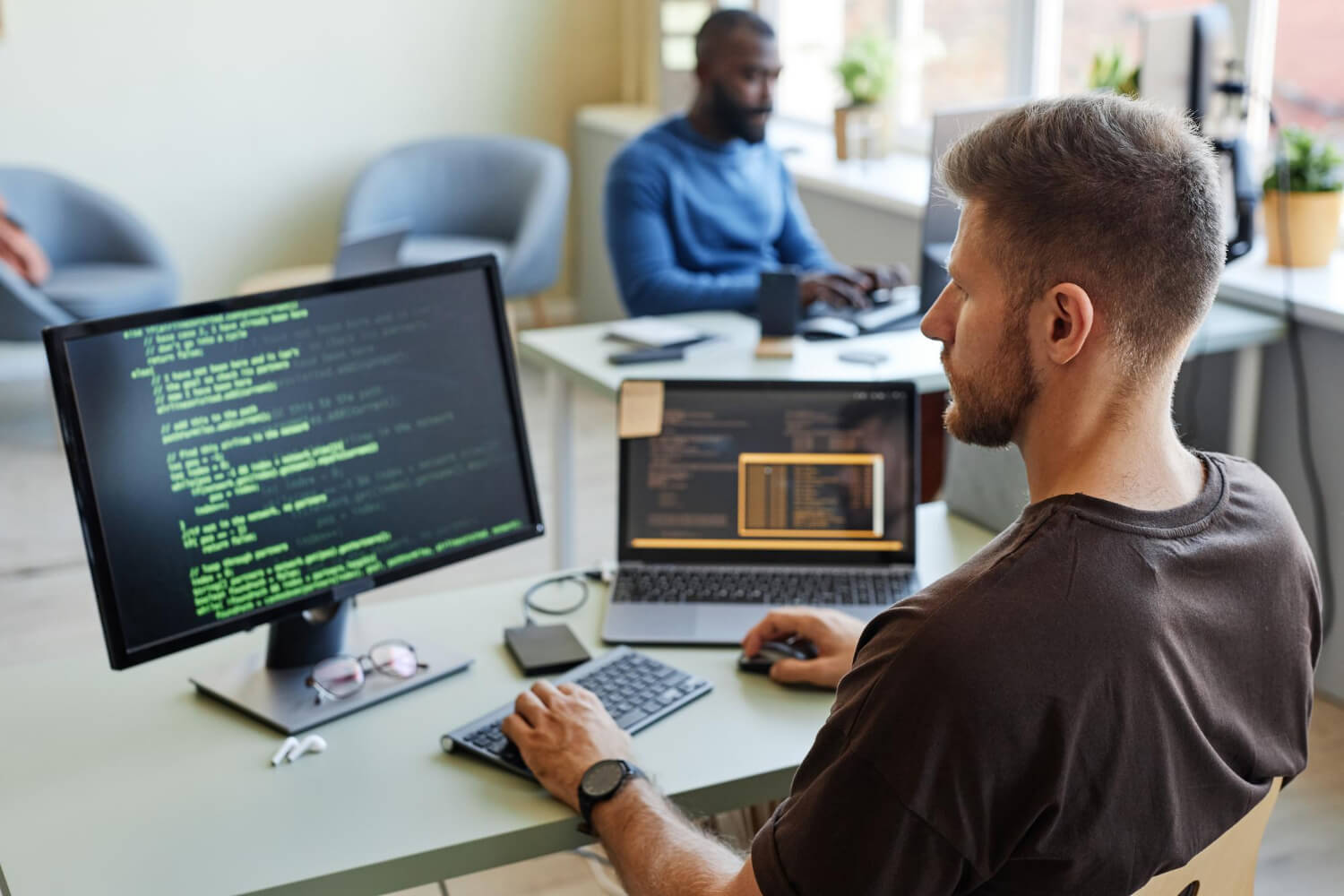Every human does possess more than a virtually infallible type of identification and it goes by the name “biometrics”. It includes fingerprints, hand geometry, retinal scans, and various other measures of personal traits and physical characteristics. The progressions in computers, as well as related technologies, have turned this into a highly automated method via which recognition happens nearly instantaneously. The military service has undertaken a valuation of how biometrics can improve efficiency, convenience, and security. The report tests the sociocultural concerns which arise among civilian employees, soldiers, plus the general public at a time when military service mandates the huge use of biometrics.
The benefits biometrics has
The biometric authentication proposes huge benefits over present security practices and unlike tokens and keys, biometrics do not get stolen or lost. Biometrics is hugely different from PINs and passwords as it can’t be forgotten. Due to its speed, security, convenience, and efficiency, biometric authentication systems may turn the standard for assessing control very soon.

According to the authors, there isn’t any legal hindrance to the use of biometrics by the Army but it suggested that the Army should go outside the provisions mentioned in the Privacy Act of 1974 for dispelling concerns that are connected to this developing technology. However, this report is of high interest to those who are liable for accessing control besides any person who is bothered about technology issues and privacy. The military service is allowed to use biometric technology in more ways than one and at the time of war, the dependence of the Army on the information in the form of strategic assets needs control over the battlefield networks.
- Huge benefits – Weapons systems, logistics flows, plus intelligence would be highly benefitted from the technology of biometrics, especially with the 21st century “Digitized Army”. At the time of peace, the military service needs to control access to office and computer systems, secured facilities, and classified info. Again, the Army does manage huge human services which need security, convenience, and efficiency. The technology of biometrics can be utilized for augmenting these peacetime functions.
- Biometrics is useful for recognizing and addressing various sociocultural concerns – Realizing that sociocultural factors do influence program success strongly, the military service has turned it important to test these issues. So, Lt General William Campbell, the Chief Information Officer asked researchers in the Arroyo Center for addressing legal, ethical, and social consequences of Army-mandated utilization of biometrics. The staff of RAND did work with Mr. Phillip Loranger who is the Director of the Army’s Biometrics Office closely.
- The research questions – The approach of the RAND Biometric Team included the following:
- Collecting a multidisciplinary team
- Interviewing the experts of the biometric program
- Reviewing the literature based on biometric technology
- Examining outcomes in a workshop
- Interviewing ethics or legal experts
- Forming hypotheses
- Attending conferences
The RAND team did assess the intrusiveness and distinctiveness of different biometric techniques, like a facial, fingerprint, speaker, and Iris recognition. Additionally, they also recognized three chief sociocultural concerns and they are; physical privacy, religious objections, and information privacy.
However, biometrics raised various concerns, like the probable utilization of the technology for linking behavioral types, medical predispositions, and various other features to specific biometric patterns.
Also read: Analyzers Successfully Create Live Neural Networks




